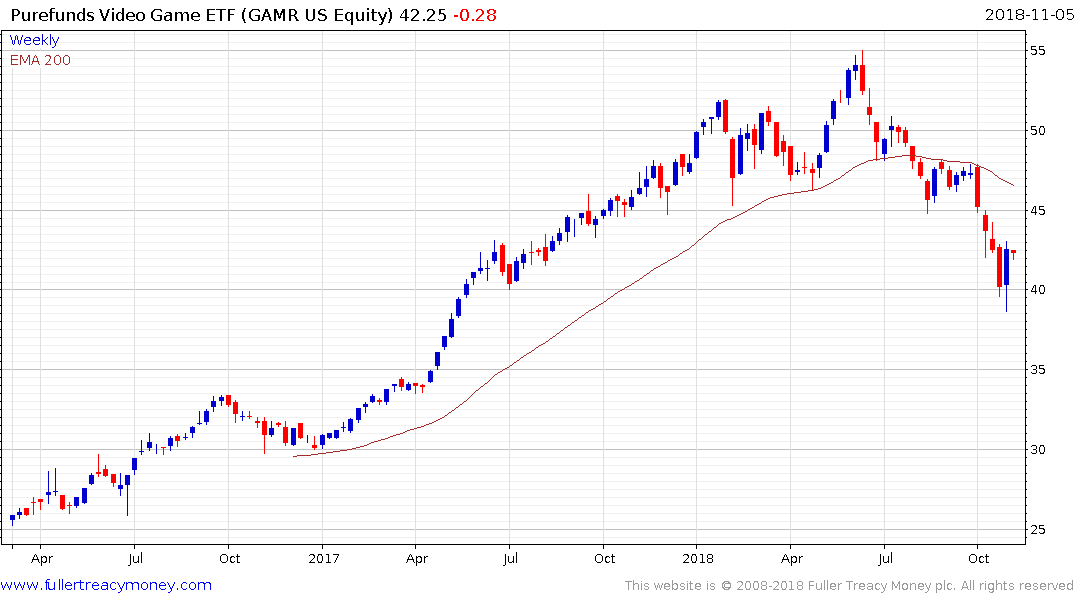Esports vs. pro sports: Jeremy Lin is betting on both
This article by Jeremy Lin for Quartz may be of interest to subscribers. Here is a section:
The barrier to entry for esports is also so much lower than pro sports. You don’t need to wait for open-hours at your YMCA gym and hope that enough people show up and pay their membership to shoot some hoops. You don’t need another nine people in the same place at the same time with the same skillset—you don’t even have to wait until the sun’s up at the local park or stop playing when it goes down.
Esports is therefore democratizing entertainment. It’s free, and all you need is a good internet connection to play. Mobile gaming was a game changer for this accessibility: You don’t need an expensive console to play anymore, and some of the best games are literally in your hand.
Because of its truly global nature, you’re also being exposed to people who come from different cultures and countries and religions than your neighborhood ball court. It gets you out of your bubble. The tournaments bring people from all over the world together—professional sports only do that during the Olympics or events like the World Cup. Teams are often made up of players from all around the world who have to learn how to work together and get along; there were 24 countries represented at The Dota 2 International last year.
Gaming companies control the games and therefore own the intellectual property on which eSports are based on. They have the scope to control the evolution of the esports sector in a way that was never open to conventional sports. That represents two important revenue vectors. The first is that the shelf-life of games is extended. Historically games have been discounted within about 12 months of release and once a player gets about 40 hours of game time they set the title aside. However, with an eSport constantly boosting visibility the legacy game has the potential to continue to attract new players well after its release date.
The second is that eSports boost total revenue from individual titles but also create an additional market for in-game purchases. That streamlines cashflows in a way that was never possible previously. Fortnite is an example of a totally new business model that gives the game away for free because of the founders’ faith in their ability to generate in-game payments for cosmetic items and access to ranking upgrades.
The video game sector has pulled back sharply in line with the wider tech sector but as a software rather than hardware theme with a solid growth trajectory, the question has to be asked whether this is an example of contagion selling.

The ETFMG Video Game Tech ETF found near-term support last week near $40 and has potential for a reversionary rally. A sustained move back above the trend mean will be required to signal a return to medium-term demand dominance.
Interestingly, VanEck Vectors ETFs launched the Video Gaming and eSports ETF last week suggesting there is definitely buzz around the evolving sector.
Back to top

